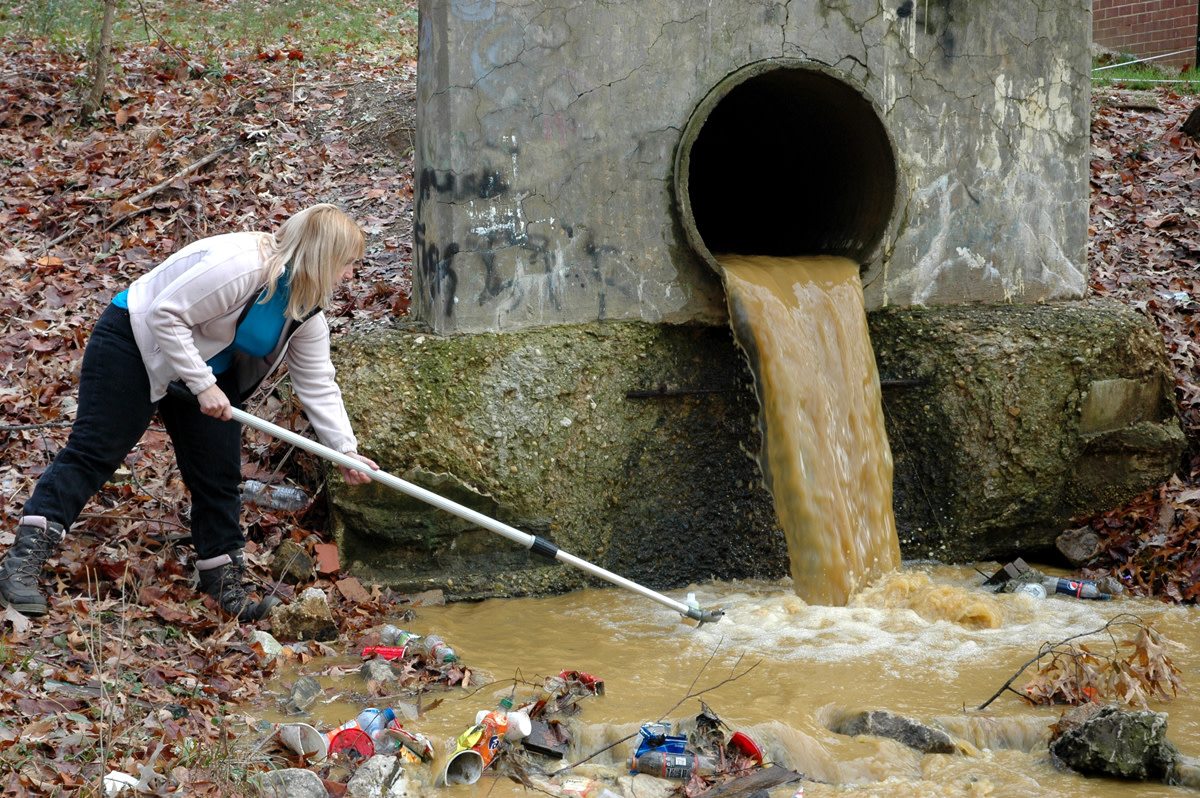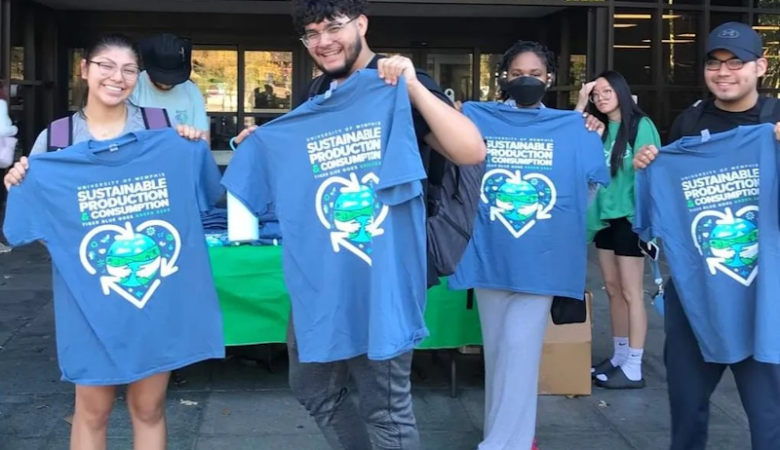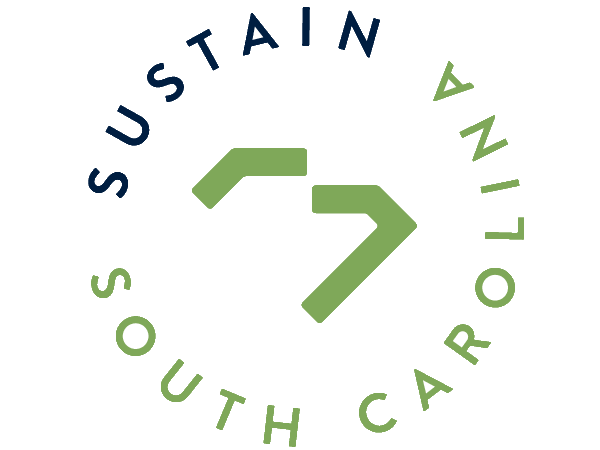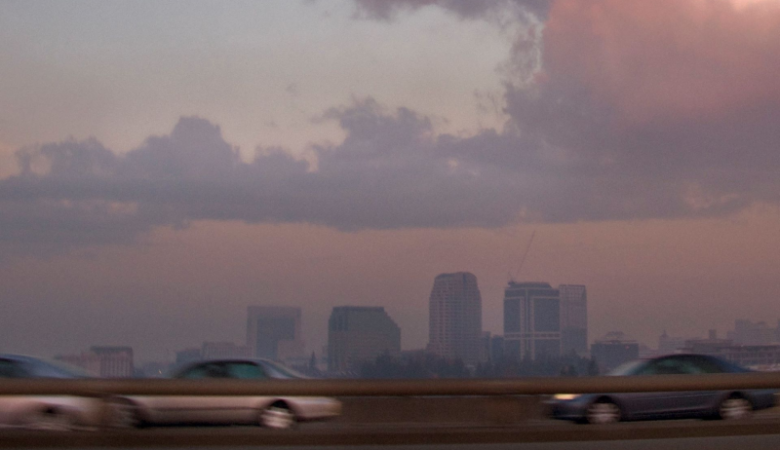Water is vital to all organisms on Earth. Pollution of water sources can cause human health issues like cancer and cardiovascular disorders.
This article examines the sources of water pollution, its effects on human health, and preventative measures.
Pollution
A mineral wealth that all living things need. Also utilised for socio – economic development, clean water. However, the UN estimates that half of all people need access to potable water. The UN and WHO publish the following figures on water pollution: Over half of the world’s population lacks safe sanitation.
Approximately 2 billion people are living in nations where water availability is less than demand. Experts predict half of the world’s population would be water-stressed by 2025. Around 785 million of people lack access to basic water. Most Asian, Latin American, and African rivers have become more polluted during the 1990s.
Pollution Sources
Water is known as a universal solvent since it dissolves the most things. However, this property makes water easily polluted.
Here are only a few examples of water contamination.
Sewage
Water that is used becomes waste. Wastewater might be residential (from toilets, sinks, or showers) or commercial (from farms, factories, etc.). Rainwater which washes oil, grease, salt, debris, or toxins into streams is considered wastewater.
The United nations estimates approximately 80% of waste is not treated or reused.
In 2017, the UN estimated that two billion people lacked access to toilets or latrines. The group also uncovered 673 million open defecators.
Agriculture
Agriculture is a major consumer of fresh water. It accounts for over 80% of water use in the US. Agriculture also pollutes streams and rivers in the US.
Agriculture pollutes water by using rainfall. When it rains, contaminants like fertiliser, animal faeces, and pesticides flow into waterways, polluting it.
Agricultural contaminants are heavy in phosphorus and nitrogen, which promote algal blooms. Toxins from these blooms kill fish, birds, and sea animals, as well as humans.
Also, as the algae degrade, bacteria consume oxygen from the water. Fish cannot live in water that lacks oxygen.
Globally, the UNESCO estimates that there are around 245,000 square kilometres of dead zones.

Garbage And PVC
Every year, we generate almost 1.4 billion tonnes of garbage. Plastics make up 10% of this annual garbage. Estimates suggest that 4.8–12.7 million tonnes of plastic garbage reach the ocean each year.
A lot of plastic and rubbish enters the ocean
- Shipwreck debris
- Landfill rubbish blowing to the ocean
- Garbage thrown into rivers by individuals discarding discarded products like food packets
- People littering the beach
Plastic and waste in the water threaten marine health and human health. Fish may mistake rubbish for food and die.
Microplastics form as plastic breaks down. These are 5 millimetre plastic bits. Fish may eat microplastics, which humans may eat.
The US claims that plastic trash in the water kills over a billion seabirds annually. Every year, plastic trash kills about 100,000 marine creatures.
Oil
When oil companies spill their cargo, it pollutes. Oil can reach the water through companies, farms, towns, and the shipping sector.
As a result, radioactive waste is difficult to safely dispose of. Incorrect disposal can cause harm to humans, aquatic life, and the ecosystem.
Fracking
Fracking is the extraction of oil or gas from rock. To break the rock, high-pressure water and chemicals are used. Fracking fluid contains pollutants that might contaminate subsurface water sources.






